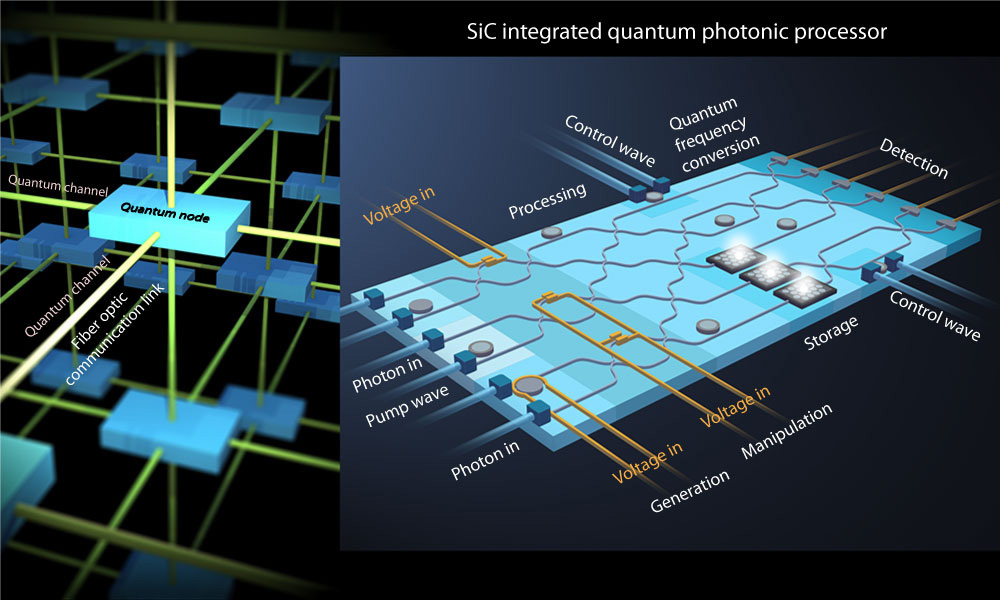
$2 million to add efficiency to integrated quantum photonics
Rochester researchers working on the next generation of quantum information processing have received a $2 million boost from the National Science Foundation.
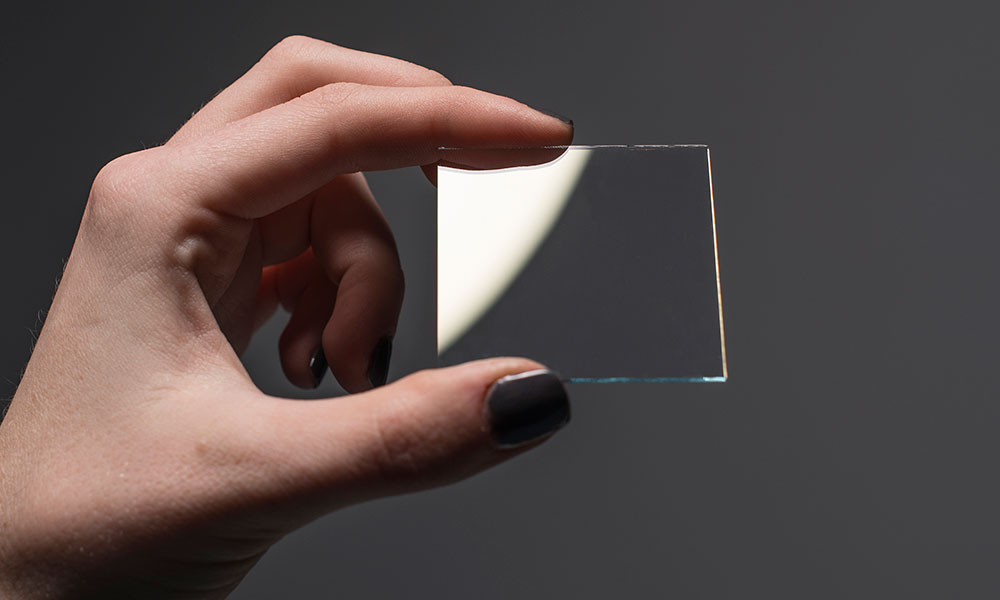
Researchers demonstrate record optical nonlinearity
A team led by Robert Boyd has demonstrated that the transparent, electrical conductor indium tin oxide can result in up to 100 times greater nonlinearity than other known materials, a potential ‘game changer’ for photonics applications.

New York State awards $9.2 million to renew CEIS as Center for Advanced Technology
The Center for Emerging and Innovative Sciences (CEIS) has been renewed by New York State as one of its Centers for Advanced Technology (CAT) and will receive $9.2 million in funding over the next 10 years.
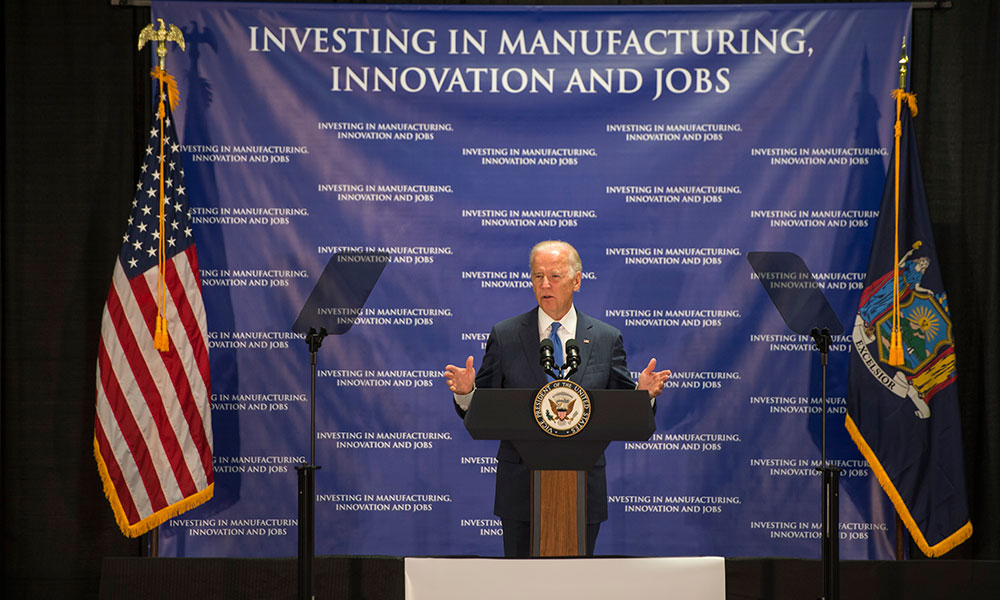
Vice President Biden, Governor Cuomo announce that Rochester will be headquarters for nation’s newest manufacturing innovation hub
The University of Rochester is a key partner in a consortium that has won a national competition to advance U.S. photonics manufacturing capability. The new American Institute for Manufacturing Integrated Photonics (AIM Photonics) will be headquartered in Rochester, New York.
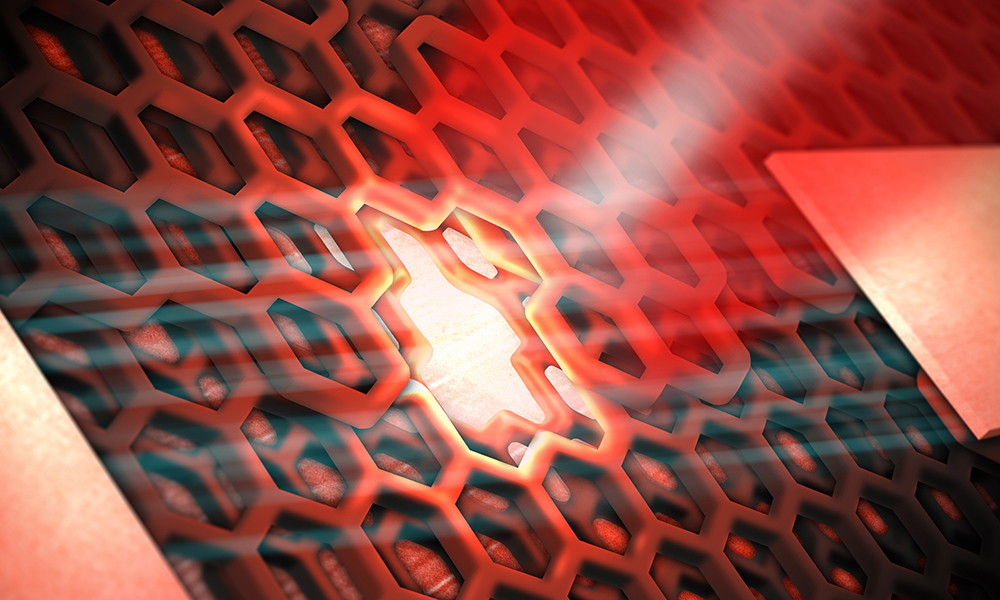
Defects in atomically thin semiconductor emit single photons
Until now, optically active quantum dots have not been observed in materials consisting of a single layer of atom, also known as 2D materials. Rochester researchers have shown how the 2D material tungsten diselenide can be fashioned into an atomically thin semiconductor that serves as a platform for solid-state quantum dots.
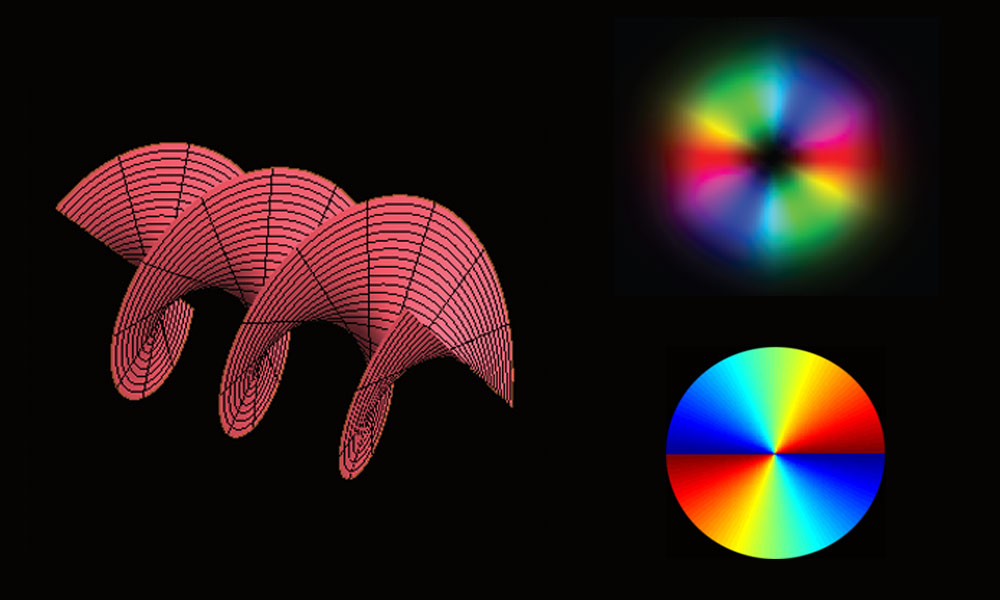
New approach uses “twisted light” to increase the efficiency of quantum cryptography systems
Rochester researchers and their collaborators have developed a way to transfer 2.05 bits per photon by using “twisted light.” The new approach doubles the 1 bit per photon that is possible with current systems that rely on light polarization and could help increase the efficiency of quantum cryptography systems.
Rob Clark comments on bipartisan ‘Manufacturing Universities’ bill
The Manufacturing Universities Act of 2015 would establish a program within the Commerce Department’s National Institute of Standards and Technology (NIST) charged with designating 25 schools as “Manufacturing Universities.”

Rochester competes for national photonics institute
A consortium that includes the University as a key participant has been named one of three finalists to make New York the home for a new Integrated Photonics Institute for Manufacturing Innovation.
Rochester to compete for Integrated Photonics Manufacturing Institute
On Oct. 3, Congresswoman Louise M. Slaughter announced that the Obama administration has made a significant federal commitment to the nation’s photonics industry through a competition that may boost the Rochester-area economy and create jobs.
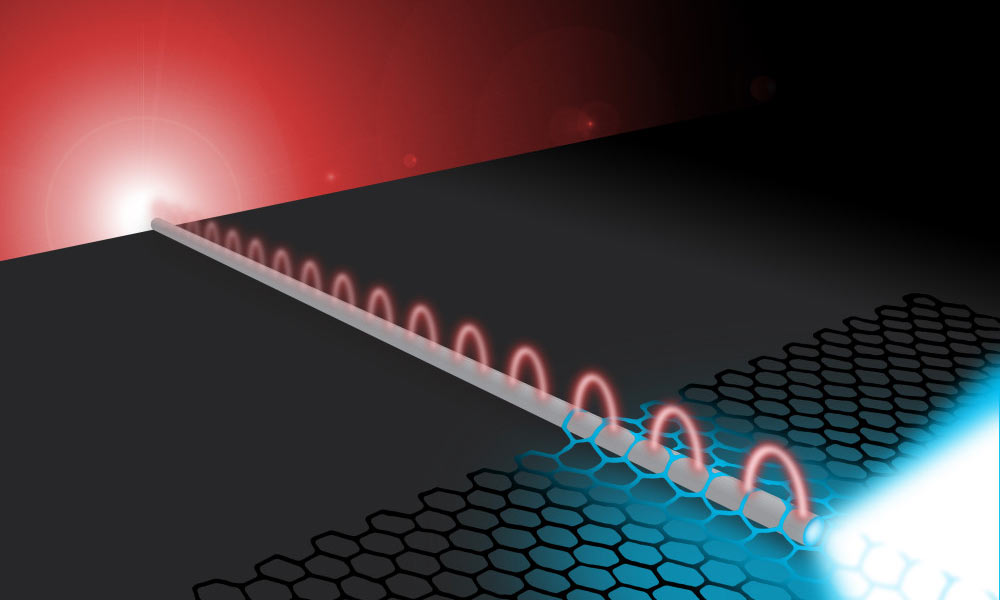
Researchers send electricity, light along same super-thin wire
A new combination of materials can efficiently guide electricity and light along the same tiny wire, a finding that could be a step towards building computer chips capable of transporting digital information at the speed of light.
